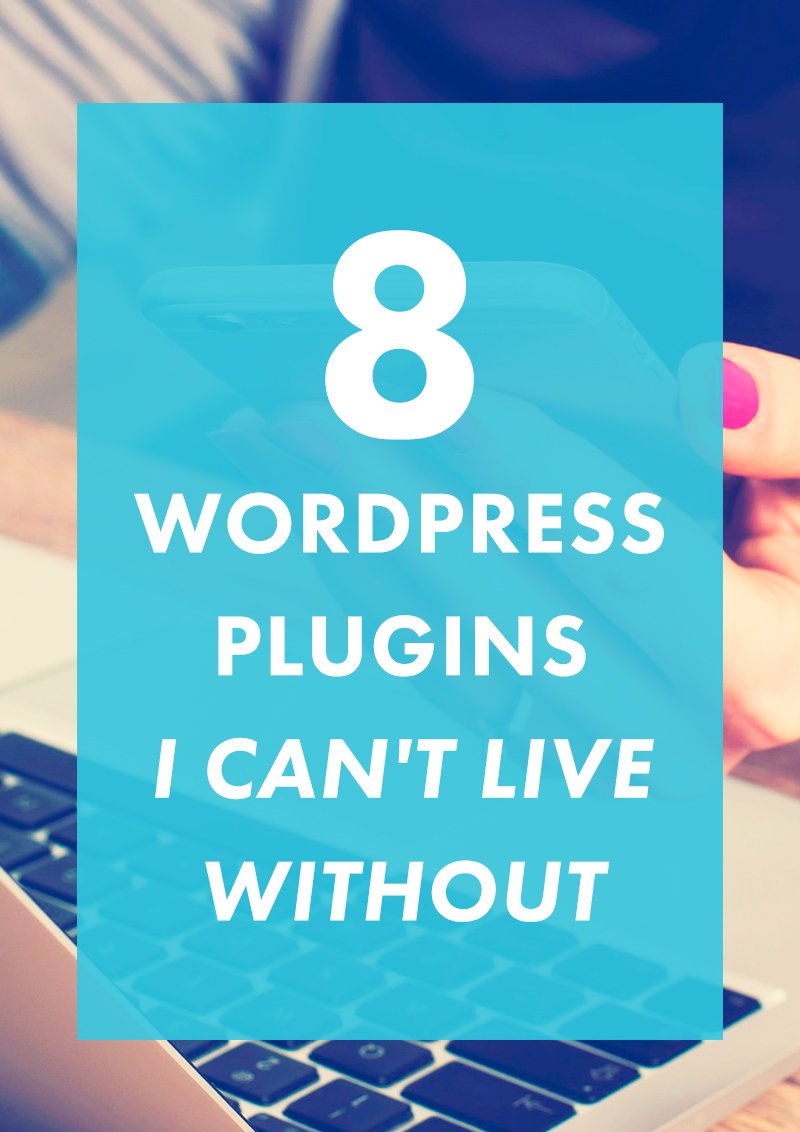More than 2,000 WordPress sites had been infected with a malicious script that not only mines the Monero cryptocurrency, it also carries a keylogger designed to steal users’ login credentials.
Researchers at Sucuri exposed the infection and agreed that this new campaign is tied to threat actors at the back of a comparable marketing campaign in December, which ultimately 12 months that infected more than 5,500 WordPress websites. Each of these incidents involved the malware called Cloudflare [.]solutions.
Denis Sinegubko, a senior malware researcher at Sucuri, said: “While those new attacks no longer seem as large as the original Cloudflare[.]answers marketing campaign, the reinfection charge shows that there are still many websites that have failed to shield themselves after the original contamination correctly.”

New domain names
Following the December campaign, the Cloudflare solutions, the domains were taken down, but the cybercriminals at the back of the preliminary marketing campaign have finally registered new domains to host the malware. The domains are (cdjs[.]on line, cdns[.]ws and msdns[.]online).
Related Posts :
- Relying on Data to Mitigate the Risk of WordPress Website Hijacking
- Keep an eye on your property from your telephone
- WordPress automated updates from working
- Setting up and testing AMP for WordPress: A quick 7-step guide
- Think Tank: What’s on the Minds of Fashion, Retail, and Apparel Industry Leaders?
According to Sinegubko, the threat actors employ injection scripts on WordPress sites with weak out-of-date security. “The CDJS [.]on line script is injected into either a WordPress database (wp_posts table) or into the subject’s features.Php file.”
Low-hanging fruit
Ilia Kolochenko, CEO of Web protection business enterprise, High-Tech Bridge, says: “Unfortunately, the vast majority of WordPress installations were visible slow-hanging fruit for cybercriminals for several years. If properly set up, configured, and up to date, WordPress is a very comfy device. However, every WP set up today has some 0.33-celebration plugins, custom code, or lacks security patches.
Kolochenko adds that hacking groups have completely automated tactics to breach and gain backdoor entry to vulnerable WordPress installations. Even extra horrifying, he says some criminals have started using easy system learning algorithms to improve the performance and speed of mass compromise.
“Afterwards, they sell the breached websites or stolen credentials for similar password reuse attacks.”
Many WordPress websites are run by way of non-technical customers and have almost no security measures in place, and he would not expect this to change in the close to future. “Nonetheless, in comparison to many different famous CMSs, WordPress remains a good choice for a website online, or its omnipresent popularity especially defines weblog website hosting – its elegance for cybercriminals.
WordPress is one of the most popular blogging systems globally and one of the easiest to apply. Still, you want to recognize a number of the tricks and tweaks if you want a WordPress internet site to run at optimum velocity. Here are a number of the essential matters that you want to recognize if you need to optimize your WordPress internet site.
Install a caching plugin.

The WordPress websites’ pages are dynamic, which means that they’ve been created on display for each example. If you put in a caching plugin, but the display view of a web page is cached when it’s miles loaded, and then it is to be had again for different customers to look without it having to be reloaded each time.
Optimize your pics
Images look incredible on a website, and they do help to interact with the reader. However, they can also be huge files if you don’t optimize them for the net. Check the report sizes of your photos and, for the large ones, edit them in an image editing utility and store them in one of the extra green document codecs, which includes JPEG.
Don’t upload motion pictures to WordPress.
You can add movies to your WordPress website. However, that could be a very inefficient manner to display movies. It is a good deal faster, and it’ll take much less bandwidth if you host your motion pictures on a website like YouTube, after which you genuinely link to the one’s films from within your website.
Keep your WordPress internet site up to date.
WordPress is often updated, as are a number of the plugins you are probably the use of, and you must optimize your WordPress internet site by keeping up with those updates. Not keeping up with the updates ought to make your website slower, and it can leave your web page prone to security threats.
Use slider plugins that have been optimized for velocity
Slider plugins are outstanding for including an expert look to a website. However, a few sliders are very badly coded, and they can substantially slow up a WordPress internet site. As a standard rule, it’s miles better to use fairly sincere slider plugins and not those with masses of flashy animation effects included with them.
Split very long posts into a couple of pages.
If you have very long posts, they can take a long time to load, especially if the post incorporates images properly. However, if you use the “next web page” tag in WordPress, it will break up a protracted submit into separate pages that each page can be loaded simplest whilst the person clicks “next web page.”
Use fast gallery plugins.
If you are using a picture gallery plugin on your website, that too could be slowing overall performance, so search for photo gallery plugins that are optimized for speed and test them first before you start the use of them on your site.
Limit the variety of comments displayed.
If you have got lots of feedback on your WordPress website, it is top-notch news, as it means that you have an engaged and lively audience, but all the one’s comments will take time to load. There is a simple plugin for WordPress that you can use so that comments are cut up into separate pages instead of one big, long listing. Using that characteristic will speed up the loading of your content.












